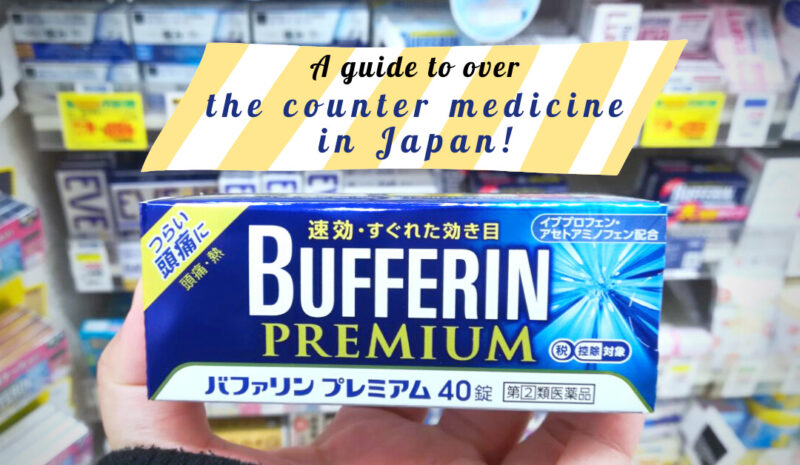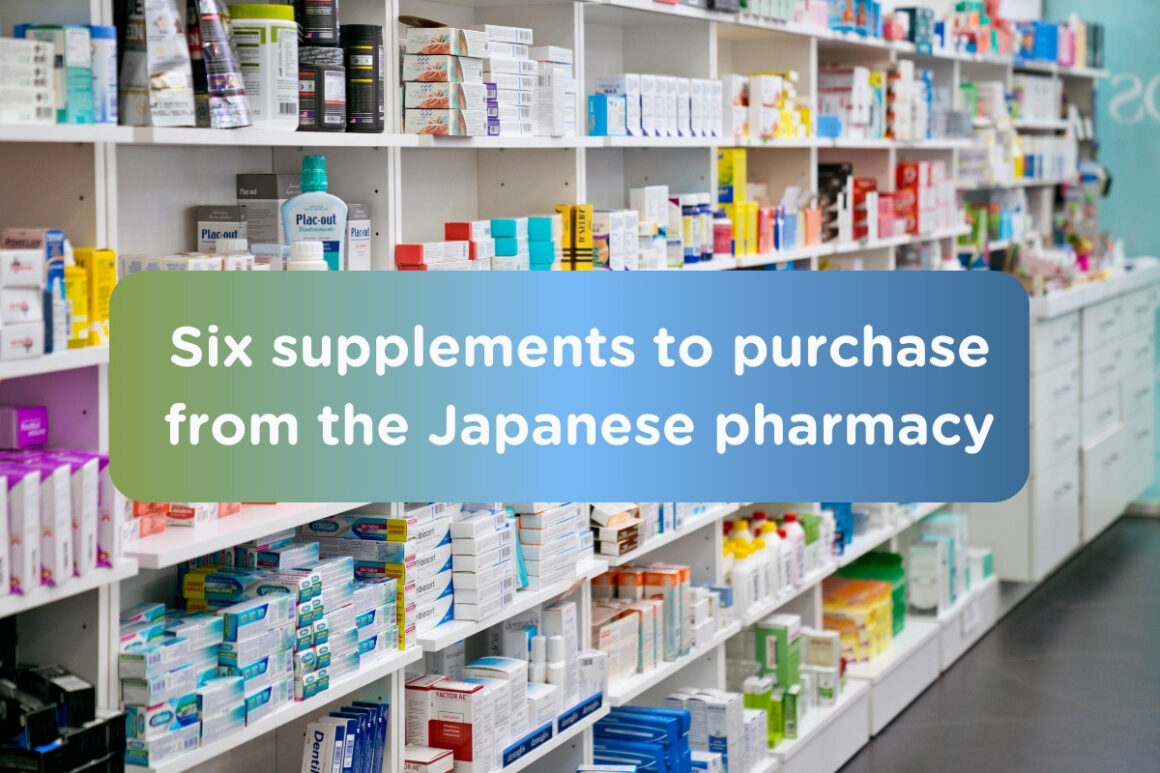Types of Japanese tea you need to know
Jun 06, 2024
Types of Japanese tea you need to know

Japan is famous for its Japanese teas, which are known worldwide for being both healthy and delicious. With over 1,000 years of history, the culture of drinking tea was first introduced to Japan from China by Buddhist monks, and they later became popular amongst court judges and samurai warriors, mainly for their elegant flavors and health benefits.
Due to its popularity, the tradition of the tea ceremony, called as “chanoyu (茶の湯)” or “sado (茶道)” was formed. Currently, there are several different types of tea in Japan, which are prepared with different techniques, that are widely available across the nation.
In this feature, we’ll introduce seven different types of Japanese teas you can find in Japan.
Index
1. Matcha
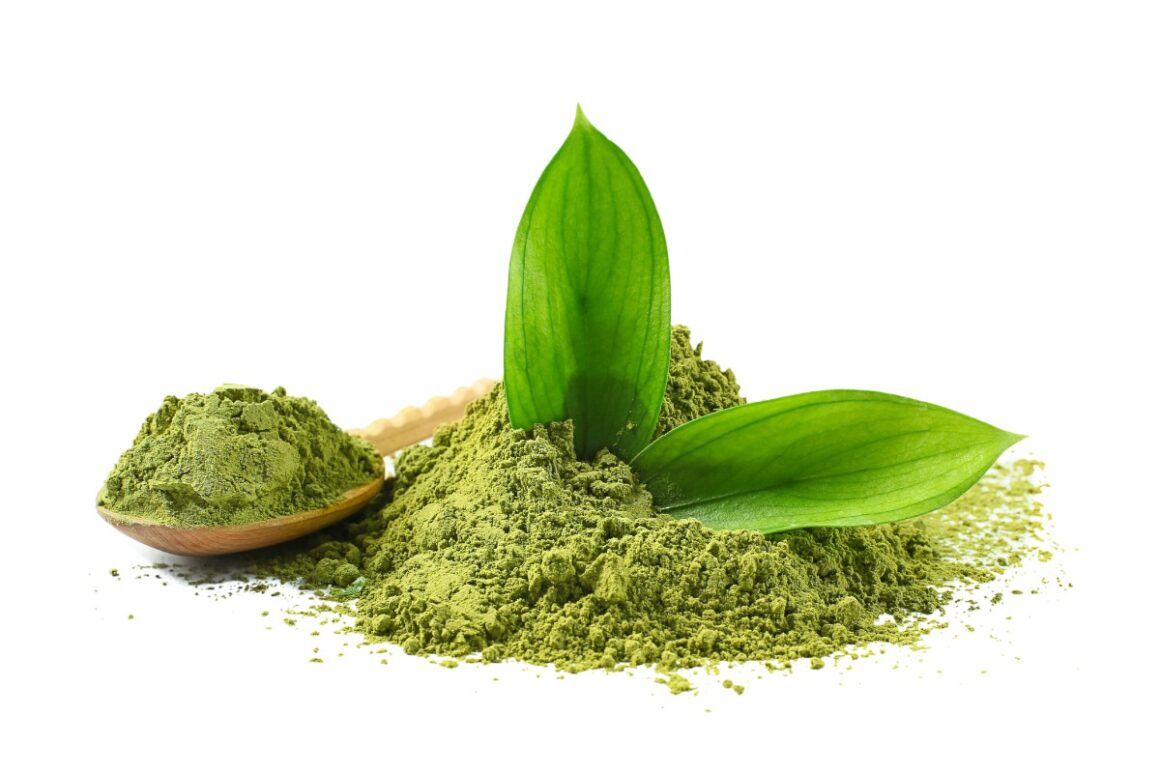
Matcha is perhaps the most famous Japanese tea in the world, as it is also used as one of the main ingredients of confectioneries and sweets.
Matcha is made from tea leaves that were grown under shades, which causes the tea leaves to grow larger, finer, and greener. The tea is best known for its bright green color and subtly sweet and bitter flavor.
Matcha is made by grinding the leaves down to a fine powder, and it is usually served as a tea by whisking the powder with hot water.
Matcha came in different grades, and the highest grades are usually used for tea ceremonies.
2. Sencha
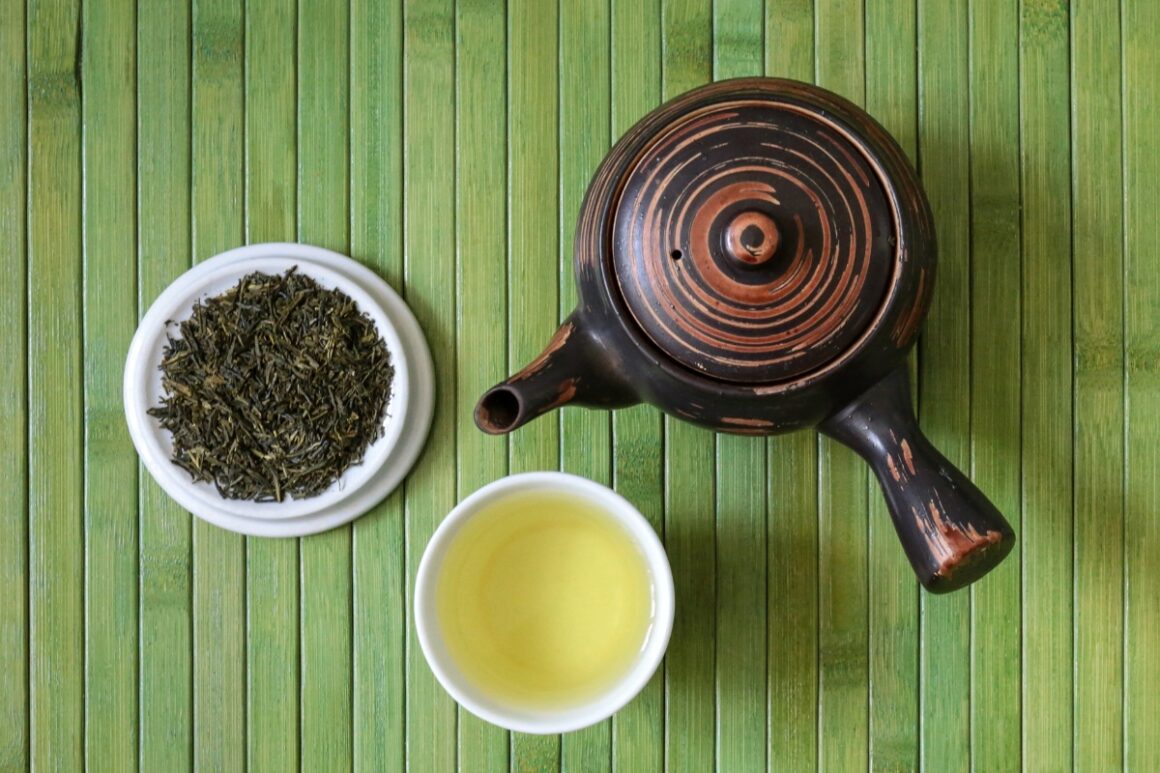
Sencha, or loose green tea, is made from tea leaves grown in full sun, and it has a darker color and slightly acidic taste.
Consumed on a daily basis by many households in Japan, the tea leaves of Sencha are steeped in hot water, creating a clear tea whose color ranges from yellow-green to dark green.
Sencha is the second highest grade of green tea, and it is a great source of antioxidants it also boosts your energy.
3. Hojicha
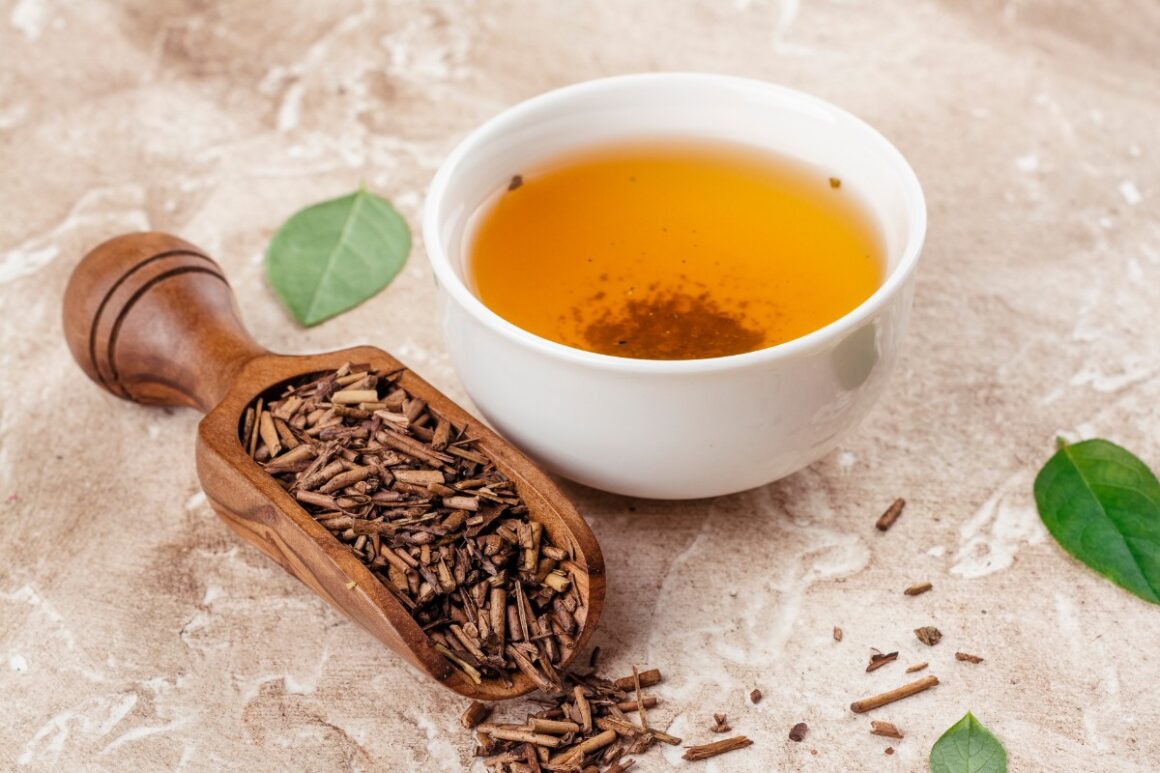
Hojicha is made by roasting green tea’s stems and leaves, and it originated in Kyoto when tea merchants started roasting tea’s stems over charcoal in the 1920s.
Roasting the tea triggers chemical changes in the leaves, causing hojicha to have a sweet, slightly caramel-like aroma.
4. Mugicha
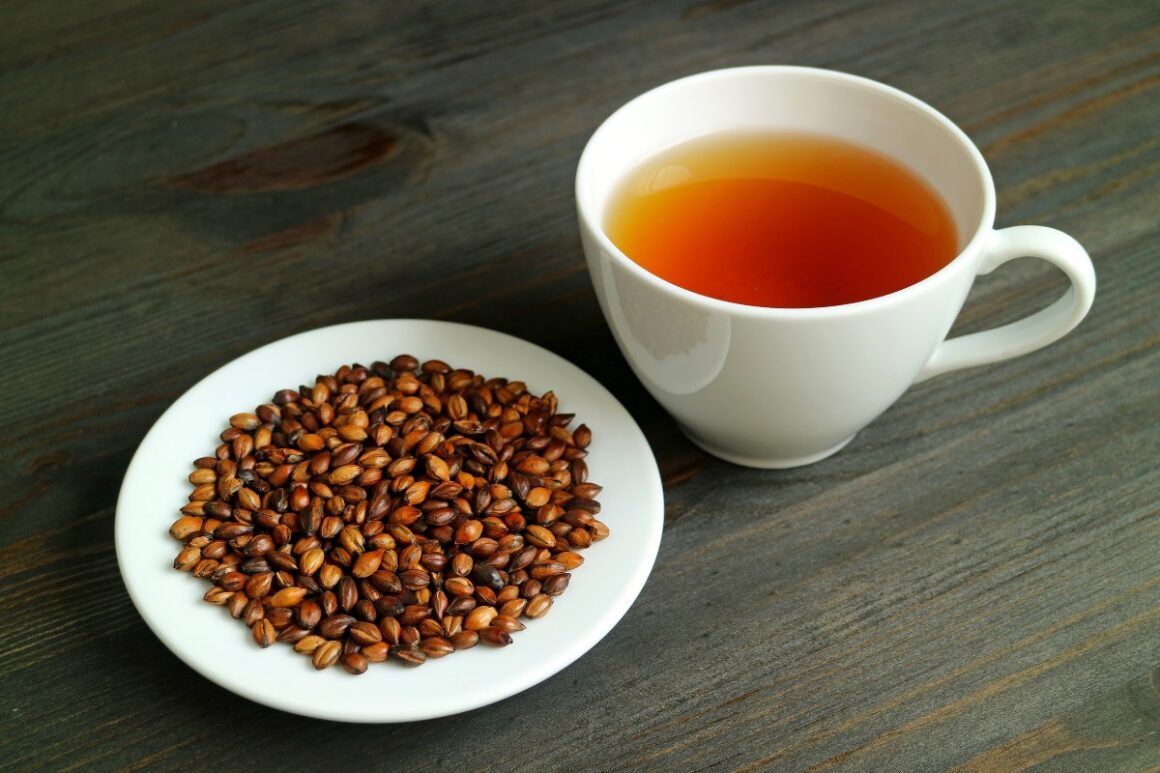
Mugicha is made by infusing roasted barley into water, and it is usually served cold, or with ice in the summer. Since it doesn’t contain any caffeine, it is safe for children to drink mugicha.
5. Genmaicha

Genmai is unpolished brown rice, and genmaicha is made by mixing tea leaves with roasted genmai grains.
The color of genmaicha is yellowish and it has a slightly sweet flavor. It is popularly served as an alternative to green tea.
6. Sobacha
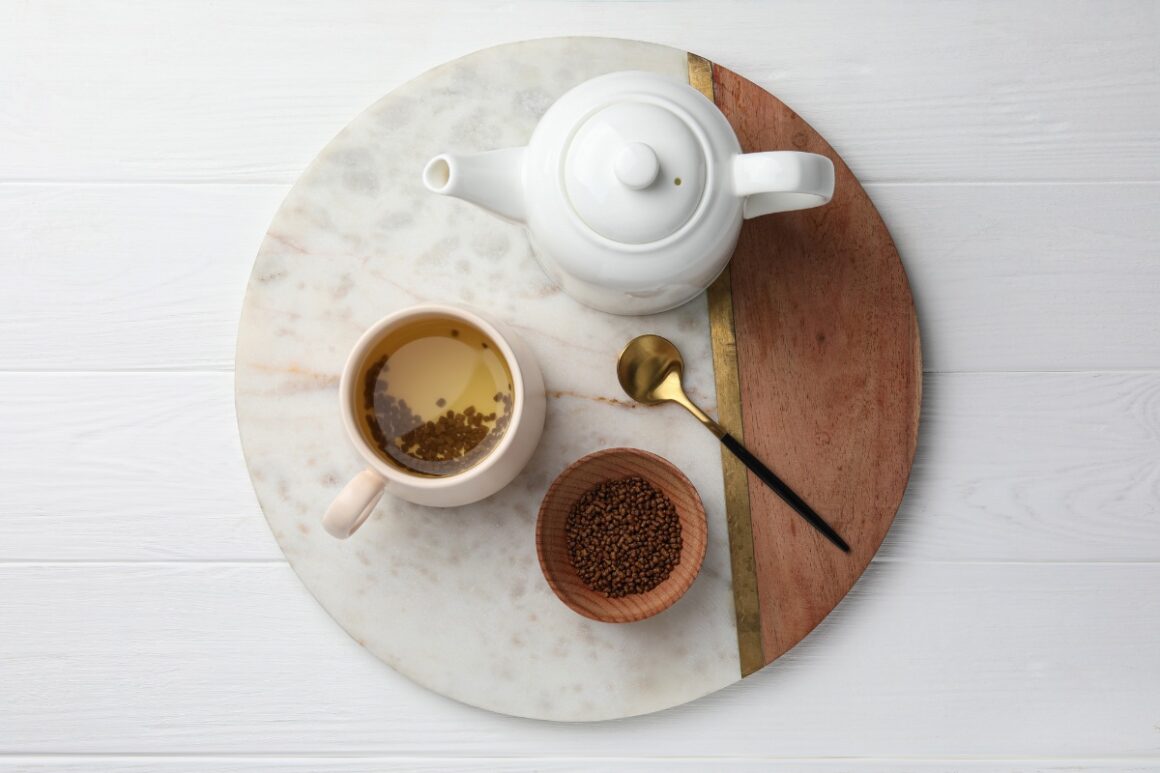
Sobacha is made from roasted buckwheat kernels, and it is usually served hot or cold.
The tea has an earthy flavor and smooth texture, and it is best known for its high number of antioxidants and dietary fiber.
Sobacha promotes healthier blood circulation and reduces the risks of having diabetes.
7. Gobocha
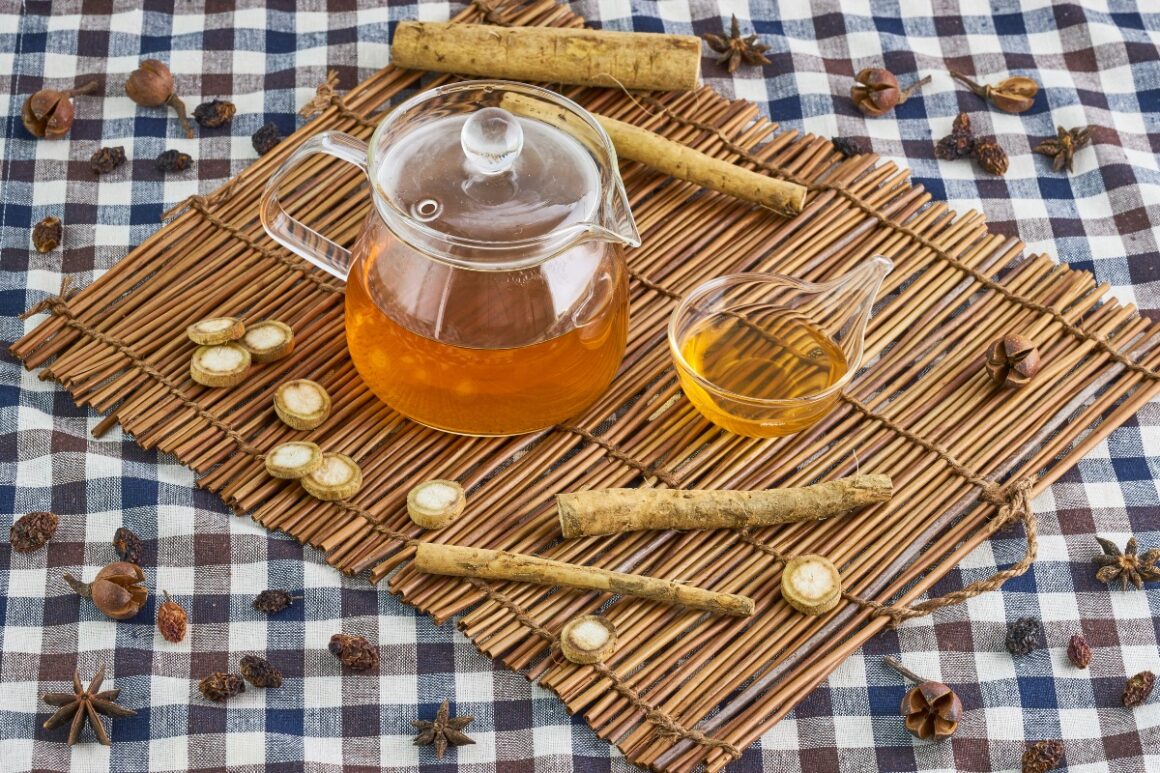
This is the last one in the types of Japanese teas!
Gobocha is made from roasted gobo (Japanese burdock), and it is best known for its earthy flavor that tastes like mushroom broth. It’s best known for its health benefits, many people drink gobocha to prevent high blood pressure and promote weight loss.
